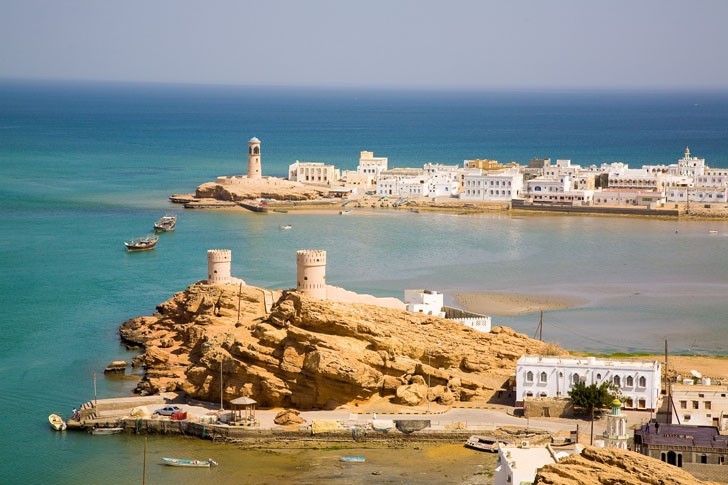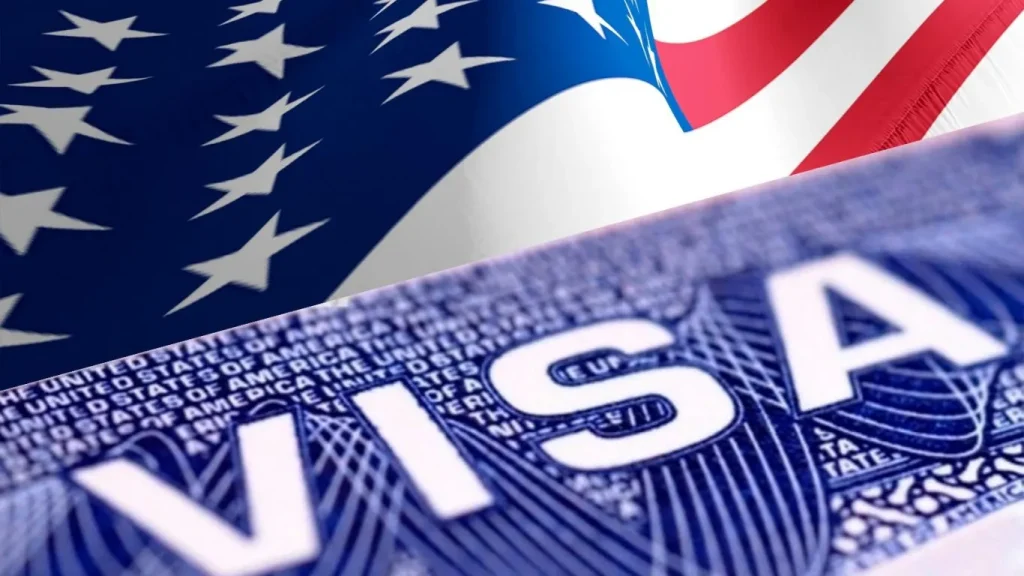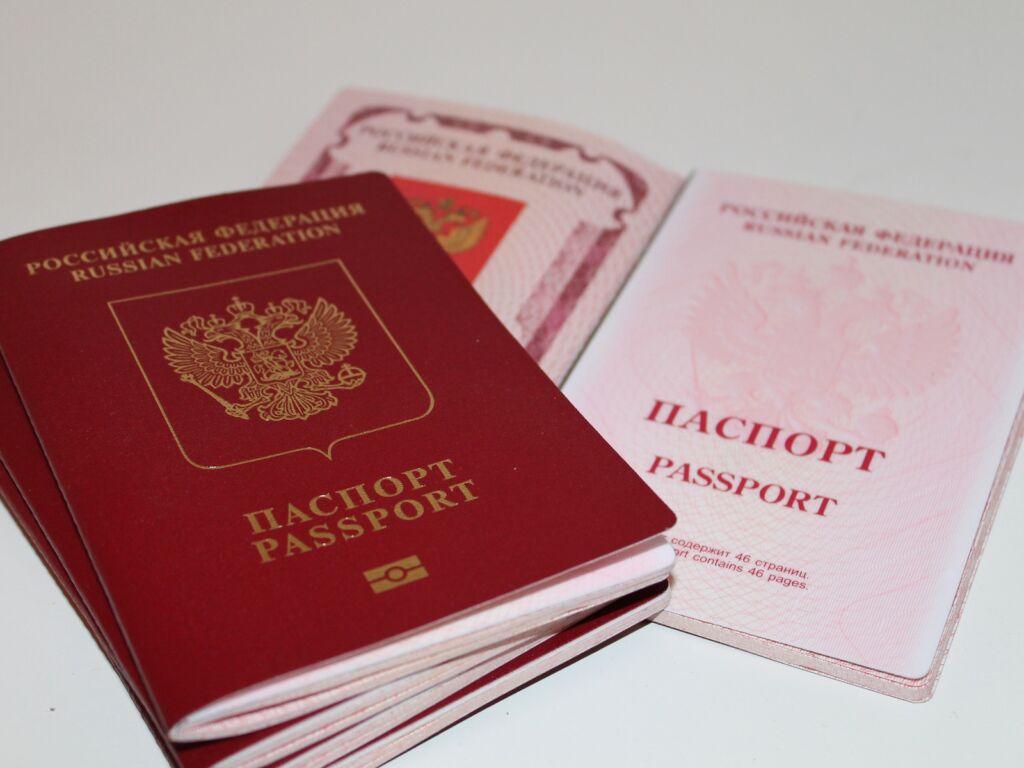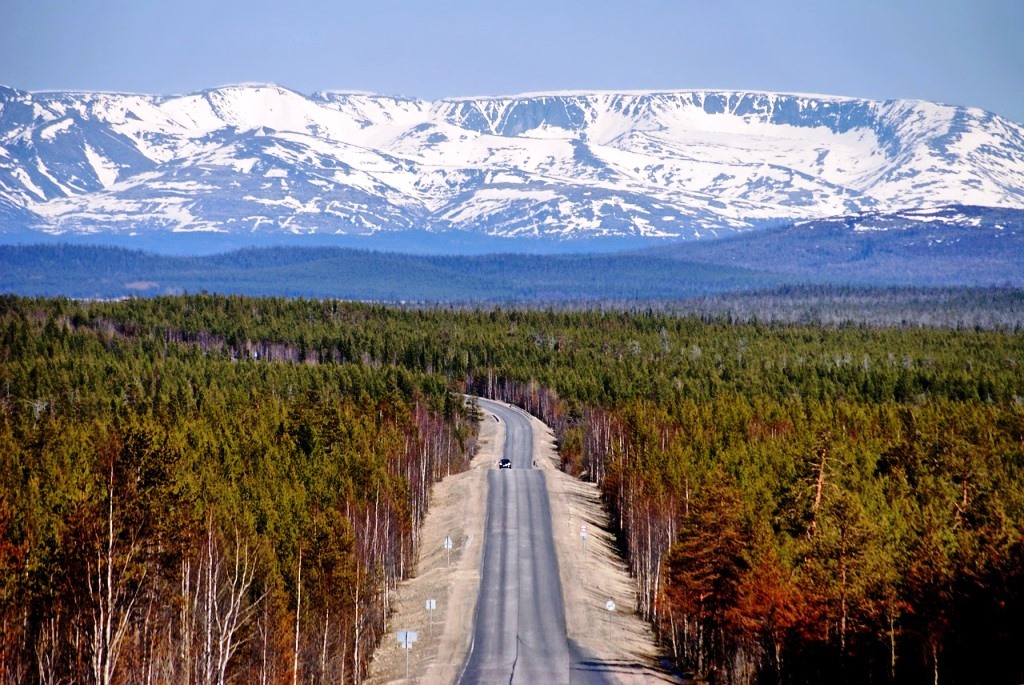The number of Russian tourists traveling to the GCC is expected to increase 125% from 933,000 in 2018 to 2.1 million in 2023, according to data published ahead of Arabian Travel Market 2019, which takes place at Dubai World Trade Centre from 28 April – 1 May 2019.
 The latest research published by Colliers International predicts the increase in Russian tourists to the GCC to create an extra 2.9 million room nights over the coming five years.
The latest research published by Colliers International predicts the increase in Russian tourists to the GCC to create an extra 2.9 million room nights over the coming five years.
Looking at the economic drivers, Russia’s links with the GCC have strengthened in recent years due to the introduction of additional airline routes; relaxed visa regulations for Russian nationals; the oil price recovery and stabling of value of the Russian rouble; a new generation of leisure attractions and retail destinations and a broad range of hotels and resorts across the GCC region.
Over the last 26 years, Russia has been well represented at ATM, with exhibitors including the National Tourist Union and Baltma Tours. Russian visitors to the exhibition increased 29% YoY between 2017 and 2018, with the total number of visitors interested in doing business with Russia also increasing 3% YoY.
Russia continues to be one of the top 10 source markets for the UAE, with 530,000 Russian visitors entering the UAE in 2017, a 121% increase from the previous year. This increase stemmed from the UAE’s introduction of visas on arrival for Russian tourists in 2017.
Colliers International expects this trend to continue in 2018, with 895,700 Russian visitors expected, an increase of 69% from 2017. Supporting this demand, in June Emirates announced a third daily flight to Moscow, while in September the airline confirmed that it would be the first to fly an A380 to St Petersburg.
Etihad Airways and flydubai have also increased their flights between the UAE and Russia, with flydubai twice extending its Russian network in 2017, adding flights to Makhachkala, Voronezh and Ufa, and daily flights to a second airport in Moscow – Sheremetyevo International.
While the UAE is expected to account for the majority of Russian arrivals in 2018, Saudi Arabia actually witnessed the highest Compound Annual Growth Rate (CAGR) between 2013 and 2018, at 20% compared with 17% for the UAE.
Following recent reforms in the kingdom and the relaxation of visa regulations, Saudi is poised to capitalise on these factors as it nurtures a vibrant leisure and entertainment sector, supported by a new generation of hotels.
Despite the UAE and Saudi Arabia leading comparative growth, Oman witnessed an increase of 11% between 2013 and 2018, while Kuwait experienced an aggregate growth rate of 7%.





